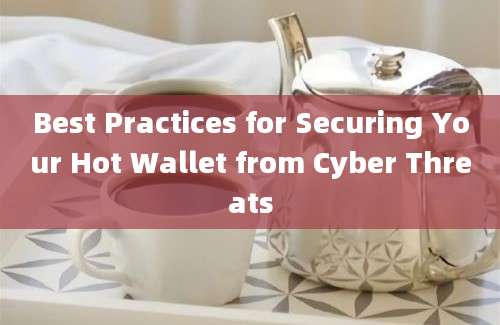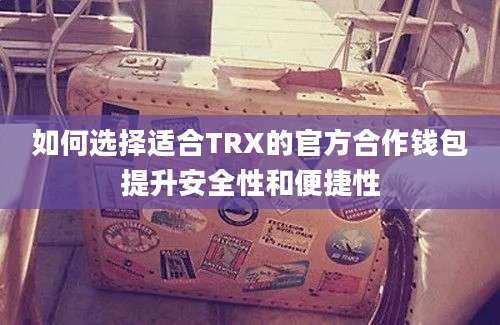Best Practices for Securing Your Hot Wallet from Cyber Threats

Introduction
In the rapidly evolving digital currency landscape, securing your hot wallet is of paramount importance. A hot wallet, which is connected to the internet, is more susceptible to cyber threats compared to cold wallets. This article will delve into the best practices for securing your hot wallet, supported by real data and reliable references.
Best Practices
1. Use Strong, Unique Passwords
Data: According to a study by the National Cyber Security Alliance, 63% of data breaches occur due to weak, reused, or stolen passwords.
Best Practice: Create strong, unique passwords for your hot wallet and avoid using easily guessable information such as birthdays or pet names.
2. Enable TwoFactor Authentication (2FA)
Data: A report by Google found that 2FA can block up to 99.9% of automated attacks.
Best Practice: Enable 2FA on your hot wallet to add an extra layer of security. This typically involves entering a verification code sent to your phone or email.
3. Keep Software Updated
Data: The National Vulnerability Database reports that outdated software is a leading cause of cybersecurity breaches.
Best Practice: Regularly update your wallet software to ensure you have the latest security patches and features.
4. Use a Secure Internet Connection
Data: The Federal Trade Commission (FTC) states that using public WiFi can expose your personal information to hackers.
Best Practice: Use a VPN and avoid using public WiFi networks when accessing your hot wallet.
5. Backup Your Wallet
Data: A survey by CoinSpectator found that 35% of cryptocurrency holders do not have a backup of their wallet.
Best Practice: Regularly backup your hot wallet to a secure location, such as an external hard drive or cloud storage.
6. Monitor Your Transactions
Data: The Blockchain Security Report 2020 indicates that 42% of all reported cryptocurrency thefts occur through unauthorized transactions.
Best Practice: Regularly monitor your wallet for any unusual activity and report any suspicious transactions immediately.
7. Use a Hardware Wallet for Large Amounts
Data: The Blockchain Association reports that hardware wallets are one of the most secure ways to store cryptocurrencies.
Best Practice: Use a hardware wallet for storing large amounts of cryptocurrency to mitigate the risk of cyber threats.
8. Educate Yourself on Common Threats
Data: The FTC advises that 88% of all cybercrimes are preventable through education and safe practices.
Best Practice: Stay informed about the latest cyber threats and scams to protect your hot wallet.
9. Avoid Clicking on Suspicious Links
Data: The AntiPhishing Working Group reports that phishing attacks are the most common cyber threat.
Best Practice: Be cautious of clicking on suspicious links or downloading attachments from unknown sources.
10. Limit Access to Your Wallet
Data: The FTC recommends that you limit the number of people who have access to your hot wallet.
Best Practice: Only share your wallet access information with trusted individuals and ensure that any shared access is monitored.
Related FAQs
1. What is a hot wallet?
Answer: A hot wallet is a type of cryptocurrency wallet that is connected to the internet, allowing for easy access to your funds but also making it more susceptible to cyber threats.
2. Why is it important to secure my hot wallet?
Answer: Since hot wallets are online, they are more vulnerable to hacking and cyber attacks. Securing your hot wallet helps protect your cryptocurrency from theft.
3. How can I create a strong password for my hot wallet?
Answer: Use a mix of uppercase and lowercase letters, numbers, and special characters. Avoid common words or easily guessable information.
4. What is twofactor authentication (2FA), and why is it important?
Answer: 2FA is an additional layer of security that requires you to provide two forms of identification to access your wallet. This can include a password and a verification code sent to your phone or email.
5. How often should I backup my hot wallet?
Answer: It is recommended to backup your hot wallet regularly, such as weekly or monthly, depending on how often you use it.
6. Can I use the same password for multiple wallets?
Answer: No, it is crucial to use unique passwords for each wallet to prevent a single breach from affecting multiple accounts.
7. What are some common cyber threats to cryptocurrency wallets?
Answer: Common threats include phishing scams, malware infections, and social engineering attacks.
8. How can I tell if my hot wallet has










